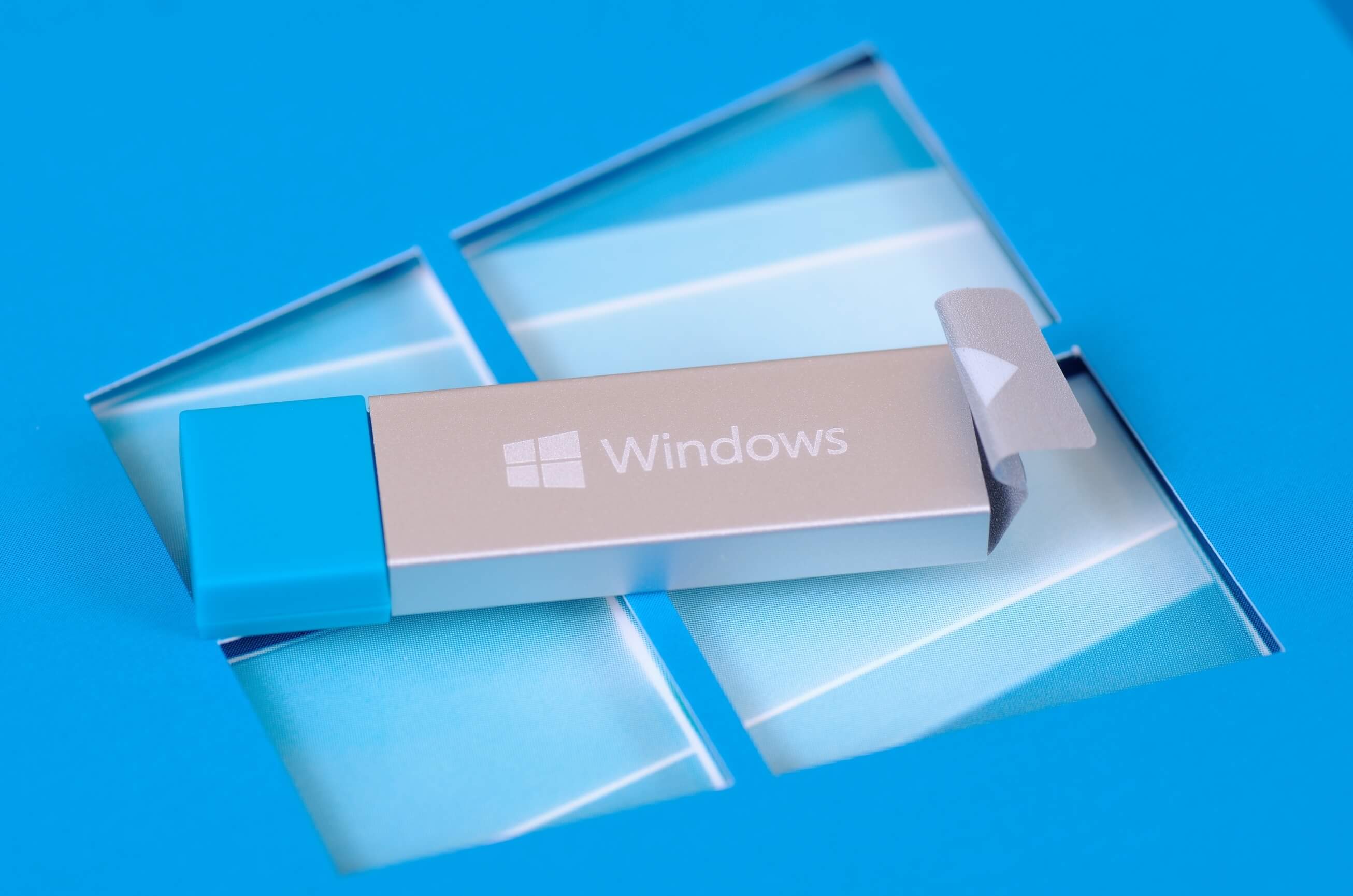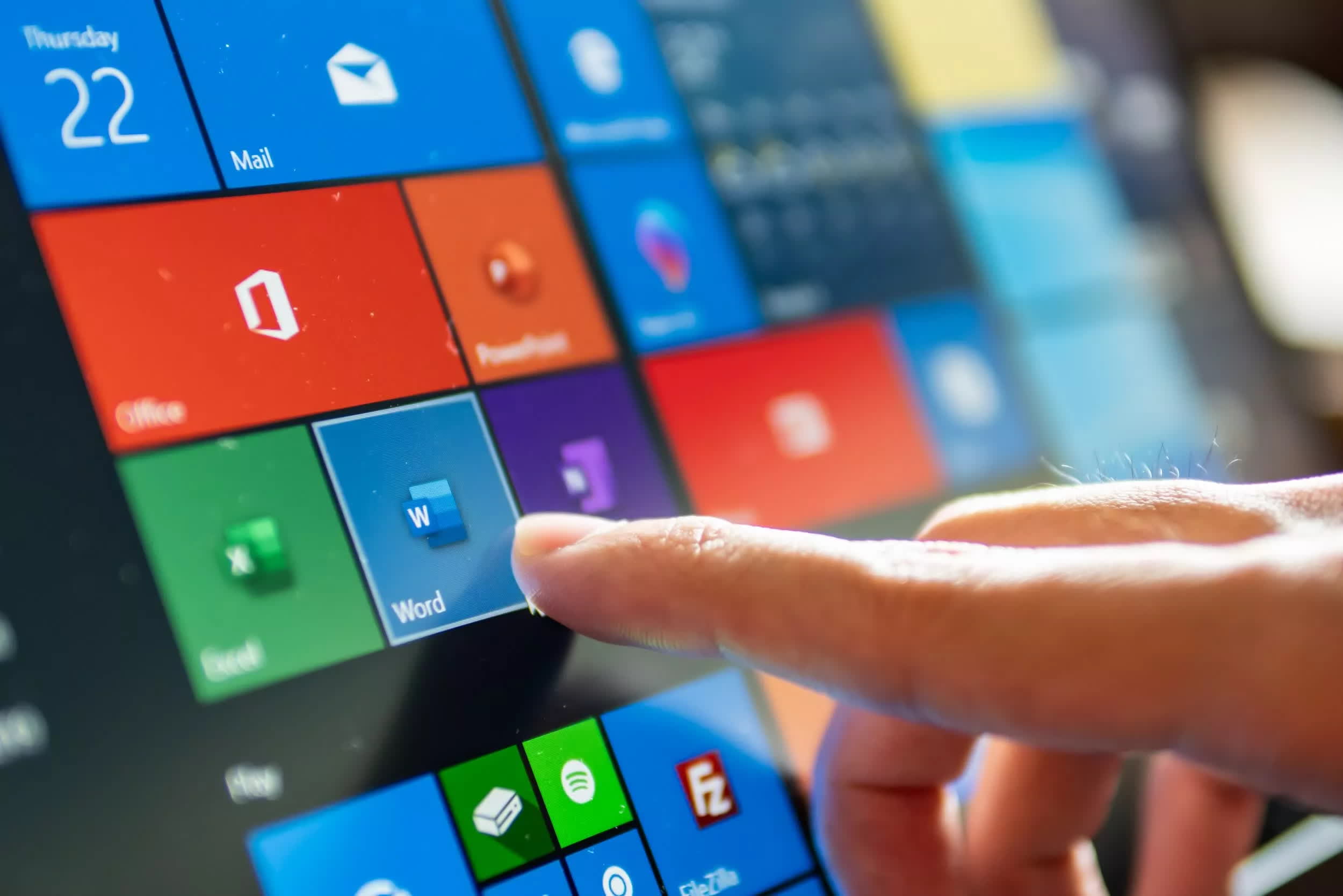Forward-looking: The tech world can't stop talking about Windows 11 as of late. Critics and fans alike have whiled away the hours by discussing the upcoming OS' various changes and improvements, such as a "sweeping visual rejuvenation" for its UI, a reworked Start menu, smarter window snapping, "Windows Widgets," and more. However, Microsoft has some good news for those of you that have no intention of "upgrading" any time soon: Windows 10 will continue to be supported.
You might be thinking "Well, duh," and we wouldn't blame you for such a reaction. Since Windows 10 has around 1.3 billion users as of writing – Microsoft's numbers – and is easily the company's most popular OS (after slowly killing off Windows 7), it's not exactly a shocker that it would want to keep maintaining the software for the foreseeable future.
However, this is apparently big enough news that Microsoft felt the need to draw attention to it in the latest Windows 10 feature update blog post.
"While we are excited for the next generation of Windows with Windows 11, we are also focused on supporting the more than 1.3 billion monthly active devices on Windows 10," the company states at the beginning of the post. "...Windows continues to play an important role in people's lives as they continue to work, learn and have fun in hybrid and remote environments."

While it's good to know that Microsoft has no intentions of abandoning such a massive segment of its userbase (which will inevitably dwindle somewhat with the release of Windows 11) – at least for the time being – it's also mildly concerning that it needed to be clarified. Was Windows 10's ongoing support ever in question?
That aside, the rest of the Windows 10 21H2 feature update post isn't particularly interesting (Microsoft calls its contents "scoped"). However, to rattle off a few bullet points, the update will include WPA3 H2E "standards support" for enhanced Wi-Fi security, simple passwordless deployment models for Windows Hello for Business, and, more notably, GPU compute support in the Windows Subsystem for Linux (as well as Azure IoT Edge for Linux on Windows).
Microsoft says Windows Insider Program members whose devices do not meet the requirements to test drive Windows 11 have been moved from the Beta channel to the "Release Preview" channel, where they will be able to continue experimenting with new improvements to Windows 10.
